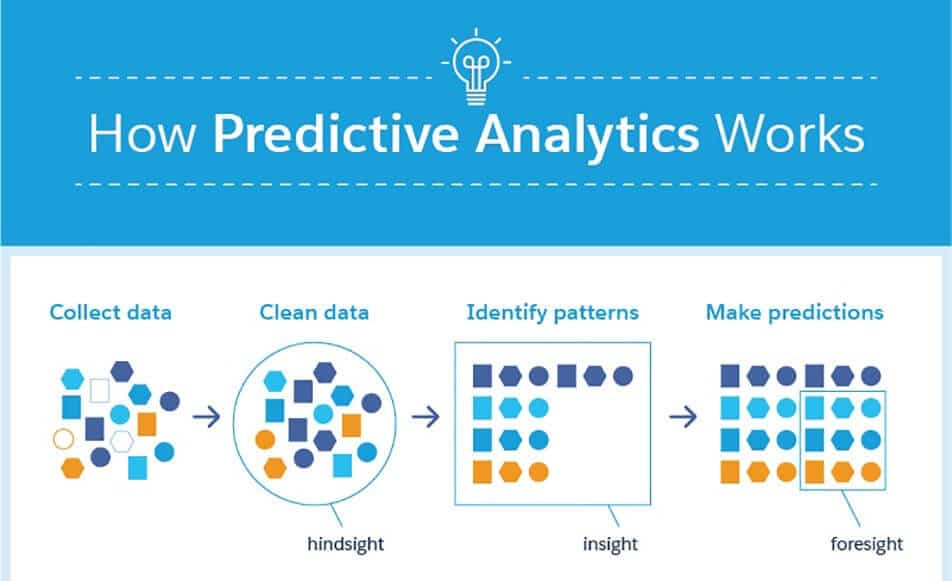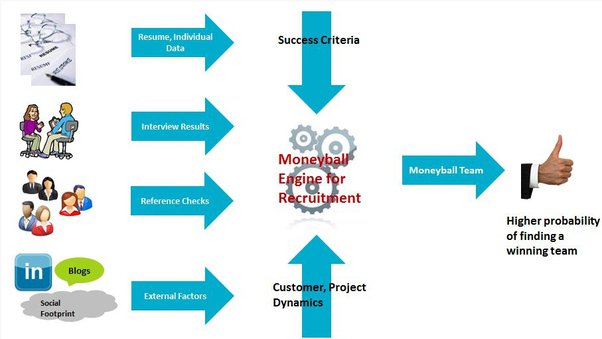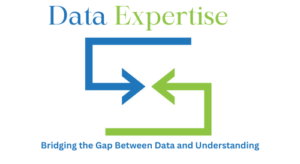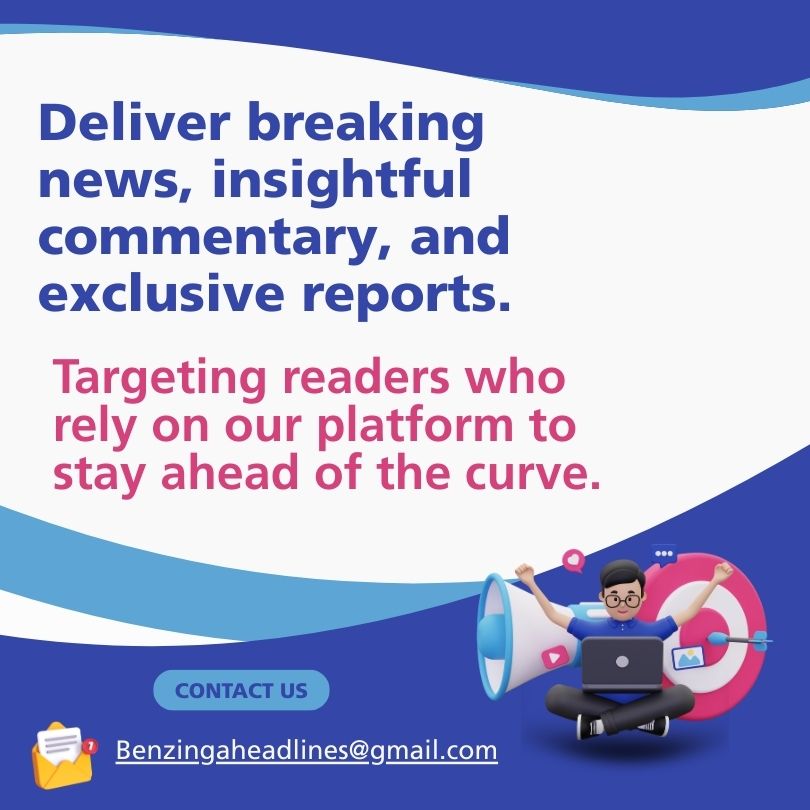Introduction
In today’s data-driven world, businesses are constantly seeking ways to gain a competitive edge. Predictive analytics has emerged as a powerful tool that allows organizations to forecast trends and make data-driven decisions, ultimately leading to business success. In this comprehensive guide, we will delve into the world of analytics, understand its applications, explore real-world examples, and discuss how to implement it effectively.
Understanding Predictive Analytics
What is Predictive Analytics?
It is the practice of using historical and current data to identify future trends and outcomes. It involves the application of statistical algorithms and machine learning techniques to make predictions based on patterns and insights found in data.
How Does Predictive Analytics Work?
This type of analytics works by analyzing historical data to identify patterns and relationships. These patterns are then used to develop predictive models that can make informed forecasts. These models are continually refined as new data becomes available, ensuring the predictions remain accurate.

Applications of Predictive Analytics
Marketing and Customer Analytics
It is widely used in marketing to anticipate customer behavior. By analyzing past purchase history and online interactions, businesses can tailor marketing campaigns and promotions to individual preferences, increasing customer engagement and sales.
Financial Forecasting
Financial institutions use this type of analytics to forecast market trends and manage risks. It helps in predicting stock prices, credit risk assessment, and optimizing investment portfolios.
Healthcare Predictions
In healthcare, this analytics aids in early disease detection, patient readmission predictions, and resource allocation. For example, it can help hospitals anticipate patient admissions during flu seasons.
Benefits of Predictive Analytics
Improved Decision-Making
It empowers organizations to make informed decisions based on data-driven insights. This leads to more accurate strategic planning and resource allocation.
Enhanced Customer Insights
Understanding customer behavior through this analytics allows businesses to offer personalized experiences and products, leading to increased customer satisfaction and loyalty.
Cost Reduction
By predicting equipment failures and maintenance needs, industries like manufacturing and utilities can reduce downtime and maintenance costs.
Real-World Examples

- Amazon’s Product Recommendations
Amazon utilizes this analytics to recommend products to customers based on their browsing and purchase history. This personalized approach significantly contributes to their sales revenue.
- Netflix’s Movie Suggestions
Netflix employs analytics to suggest movies and TV shows to its users, enhancing user experience and retention.
- Predictive Policing in Law Enforcement
Law enforcement agencies use these analytics to anticipate and prevent crimes by identifying high-risk areas and times for criminal activity.
Implementing Predictive Analytics
- Data Collection and Preparation
The first step in implementing this analytics is gathering and cleaning data. High-quality data is essential for accurate predictions.
- Model Development
Once data is ready, predictive models are created. This involves selecting appropriate algorithms and training the models using historical data.
- Model Deployment
After successful model development, it is deployed into the production environment to make real-time predictions.
Challenges and Considerations
Data Privacy and Ethics
Predictive analysis raises concerns about data privacy and ethical use. Organizations must handle data responsibly and adhere to regulations.
Data Quality
The accuracy of predictions heavily relies on data quality. Inaccurate or incomplete data can lead to unreliable forecasts.
The Future of Predictive Analytics
The future of analytics looks promising, with advancements in machine learning and artificial intelligence. As technology evolves, businesses will have even more powerful tools to forecast trends and drive success.
Conclusion
Predictive analysis is a game-changer for businesses across various industries. By harnessing the power of data, organizations can anticipate trends, make informed decisions, and stay ahead in today’s competitive landscape. Whether it’s improving marketing strategies, managing finances, or enhancing healthcare, predictive analytics continues to transform industries and pave the way for a brighter future.




